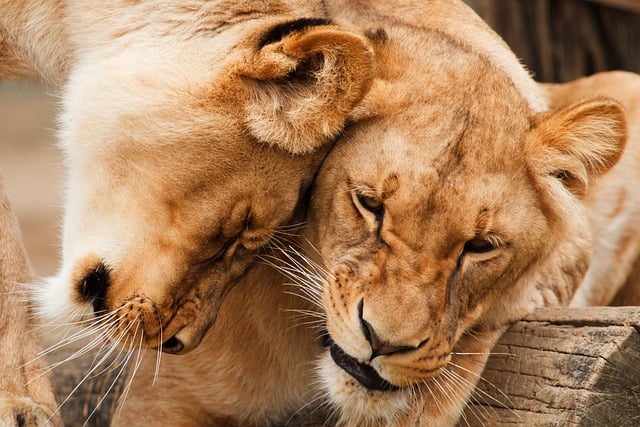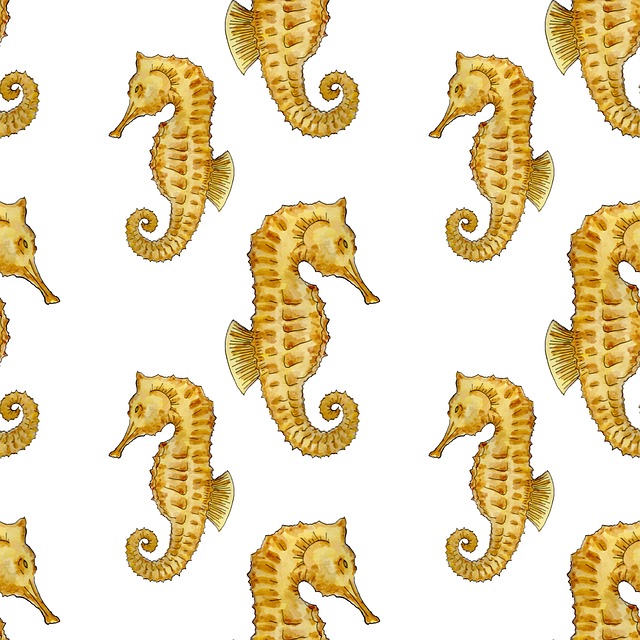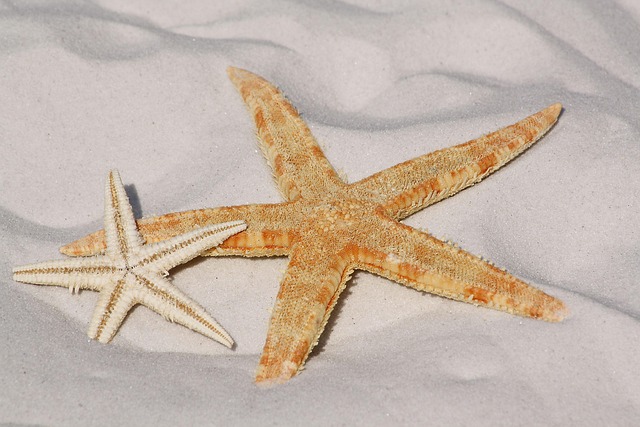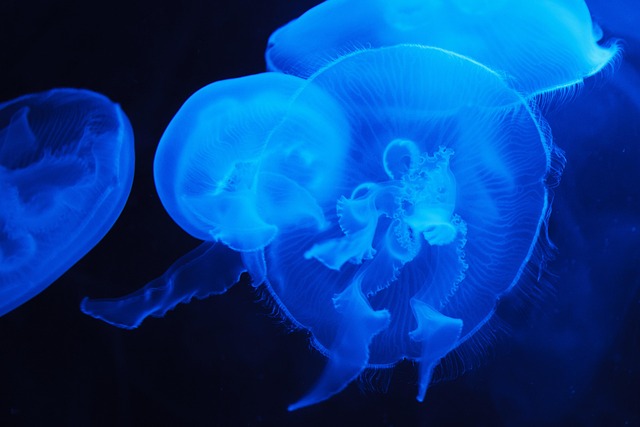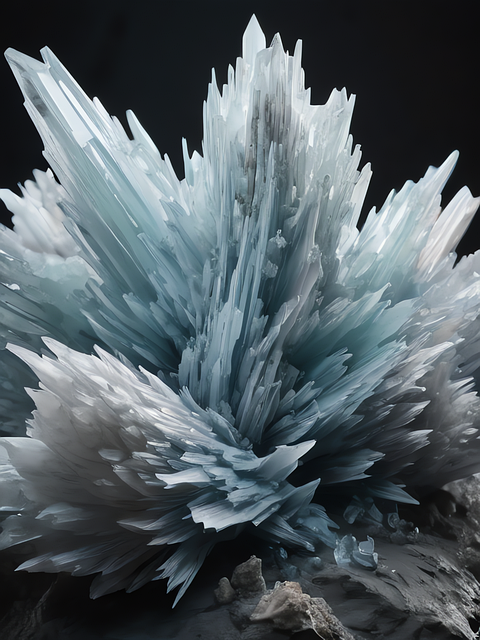Sea Lion Caves, formed over millions of years by tectonic activity and erosion, showcase Oregon's dramatic coastal landscape. Carved into ancient sandstone and limestone, their geological marvels, including caves and archways, attract visitors. Recognized for their biodiversity and iconic sea lions, conservation efforts aim to protect the caves' integrity through sustainable tourism practices and scientific monitoring.
Sea Lion Caves, an enchanting natural wonder, boasts ancient rock formations sculpted by millennia of geological processes. This Oregon gem has witnessed human encounters dating back centuries. From initial exploration to official recognition, preservation efforts have ensured its longevity. Today, Sea Lion Caves stands as a popular tourist attraction, drawing visitors from far and wide. Yet, amidst its rising fame, environmental impact concerns have prompted conservation initiatives to balance tourism with the preservation of this unique geological site.
- Ancient Rock Formations: The Geological Basis
- First Human Encounters and Exploration
- Official Recognition and Preservation Efforts
- Becoming a Tourist Attraction: Rise of Sea Lion Caves
- Environmental Impact and Conservation Today
Ancient Rock Formations: The Geological Basis

The geological story behind Sea Lion Caves begins millions of years ago, with the formation of ancient rock formations in Oregon’s coastal region. Over time, tectonic forces and erosive powers sculpted the rugged terrain we see today. These processes created dramatic sea cliffs, caves, and archways that have captivated visitors for centuries. The unique geology of the area provides a captivating backdrop for the Sea Lion Caves attraction, where tourists can explore the intricate network of marine caves and gain a deeper understanding of the region’s rich natural history.
The caves themselves are carved into ancient sandstone and limestone, which has endured the test of time and the relentless pounding of waves along the coast. This geological foundation not only shapes the physical features of the caves but also contributes to their stability, allowing visitors to safely wander through these natural wonders. The Sea Lion Caves’ existence is a testament to the enduring power of nature’s artistry, offering a glimpse into the ancient rock formations that have shaped Oregon’s dramatic coastal landscape.
First Human Encounters and Exploration
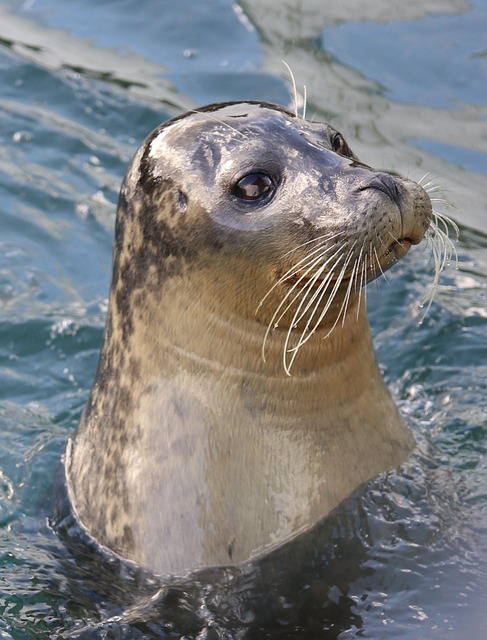
The first known human encounters with Sea Lion Caves date back centuries, as indigenous peoples discovered and explored these geological marvels. These early visitors were captivated by the caves’ unique formation, carved over millennia by powerful ocean waves and wind. The rich biodiversity within the caves, including the iconic sea lions that give them their name, further drew explorers who respected and revered this natural sanctuary.
Indigenous knowledge passed down through generations contributed to a deep understanding of the Sea Lion Caves’ geology and ecosystem. Their wisdom guided early adventurers through the labyrinthine passages, where they witnessed the majestic sight of sea lions resting in hidden caves, hence the attraction’s enduring name.
Official Recognition and Preservation Efforts

The unique geological features of Sea Lion Caves have garnered official recognition over time, leading to preservation efforts aimed at preserving this natural wonder. In the late 20th century, the caves’ significance was acknowledged, prompting local and state authorities to take measures to protect this fragile ecosystem. These initiatives resulted in the establishment of conservation zones, ensuring that the caves and their surrounding landscapes remain intact for future generations.
Preservation efforts have focused on managing visitor impact, implementing sustainable practices, and conducting regular scientific studies to monitor the marine environment’s health. The goal is to maintain the caves’ natural beauty while allowing visitors to appreciate this hidden gem. Through these official recognition and conservation programs, Sea Lion Caves’ rich geology continues to be studied and celebrated, ensuring its place as a unique attraction on the coastal landscape.
Becoming a Tourist Attraction: Rise of Sea Lion Caves

The history of Sea Lion Caves as a tourist attraction is deeply intertwined with its unique geological formation. This natural wonder, carved over millennia by ocean waves and wind, began to attract visitors due to its dramatic beauty and the fascinating wildlife it harbored. The caves, formed in ancient marine limestone, offer a glimpse into Earth’s past, with some estimates suggesting their creation dating back over 40 million years.
As word spread about this hidden coastal gem, Sea Lion Caves started drawing crowds eager to witness the majestic sea lions that called these caverns home. The rise of tourism here is a testament to humans’ innate curiosity and fascination with nature’s marvels. The geological wonders, combined with the opportunity to observe these playful marine mammals in their natural habitat, made Sea Lion Caves an indispensable destination for tourists seeking unique experiences.
Environmental Impact and Conservation Today
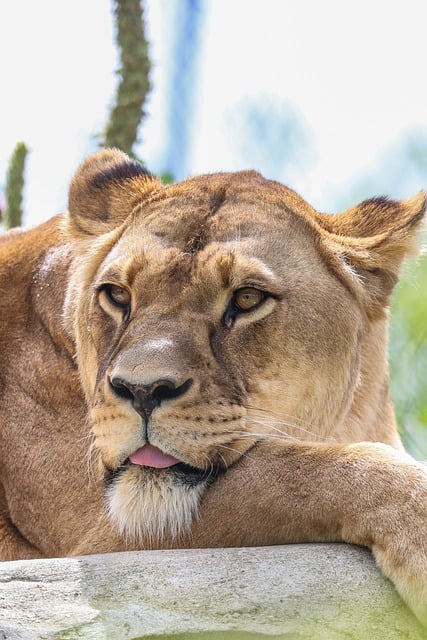
The unique geological formations that make up the Sea Lion Caves have long been a draw for visitors, but as awareness of environmental impact and conservation grows, so too does the need to balance public access with protection of this sensitive ecosystem. Today, efforts are underway to ensure sustainable tourism practices within the caves, preserving their natural beauty for future generations while allowing visitors to experience their awe-inspiring charm.
Conservation initiatives focus on minimizing disturbance to sea lion habitats, implementing strict guidelines for visitor numbers and behavior, and monitoring water quality to prevent pollution. By understanding the intricate relationship between the caves’ geology and the marine life that relies on them, conservationists strive to create a harmonious coexistence, ensuring both the longevity of the Sea Lion Caves as a natural wonder and the well-being of the sea lions that call it home.










